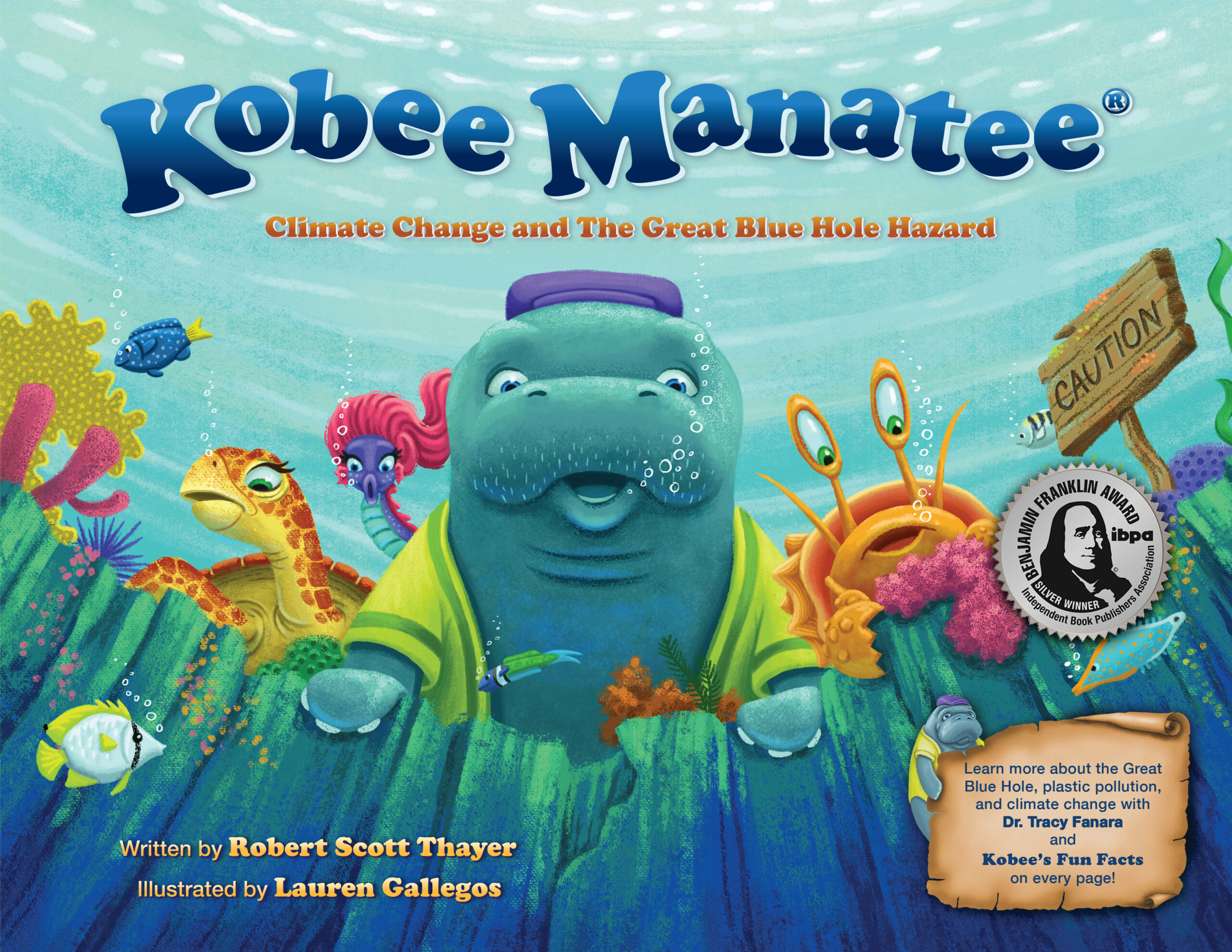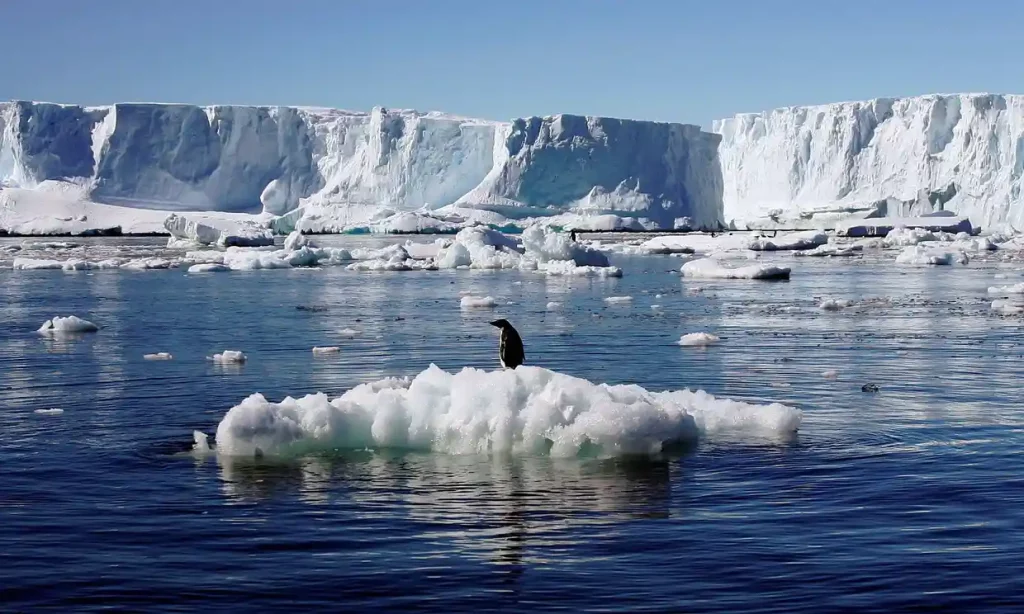Antarctica Warming at Twice the Rate Climate Models Predicted!
Greetings to you! According to a recent study, “Antarctica is likely warming at almost twice the rate of the rest of the world and faster than climate change models are predicting, with potentially far-reaching implications for global sea level rise.”
In the study, scientists “analyzed 78 Antarctic ice cores to recreate temperatures going back 1,000 years and found the warming across the continent was outside what could be expected from natural swings.”
What was sobering, is the study reported, “In West Antarctica, a region considered particularly vulnerable to warming with an ice sheet that could push up global sea levels by several meters if it collapsed.”
The study’s lead author, Dr. Mathieu Casado, of the Laboratoire des Science du Climat et de l’Environnement in France said they had found “direct evidence” that Antarctica was also now undergoing polar amplification. Polar amplification is the term used when “polar regions warm faster than the rest of the planet.” Dr. Casado continued and said,
“It is extremely concerning to see such significant warming in Antarctica, beyond natural variability.”
“Antarctica is the size of the continental US and Mexico combined, but has only 23 permanent weather stations and only three of these are away from the coast.
Casado and colleagues examined 78 Antarctic ice cores that hold a record of temperature and then compared those temperatures to climate models and observations.
The research, published in the journal Nature Climate Change, found Antarctica was warming at a rate of between 0.22C and 0.32C per decade, compared to 0.18C per decade predicted by climate models.”
Dr. Sarah Jackson, ice core expert at the Australian National University, who was not involved in the study, said the findings were “deeply concerning. All our projections for future sea level rise use these low rates of warming. Our models might be underestimating the loss of ice that we might get.”
Scientists are frantically researching to understand why Antarctic sea ice has been at record low levels over the last two years. Clearly, some are now suggesting global heatingcould now be affecting the region.
Recent news reported that, “Thousands of emperor penguin chicks likely died in late 2022 after the usually stable sea ice supporting colonies in West Antarctica melted.”
Dr. Kyle Clem, a scientist at Victoria University of Wellington in New Zealand, has studied recent south pole record high temperatures. Dr. Clem said, “Antarctica’s climate was subject to large natural swings, but Casado’s study had shown a detectable change in Antarctic climate and an emergence of anthropogenic polar amplification.” He continued and said, “the results would be crucial for understanding the future of the continent as greenhouse gases continue to increase. The implications of this study are of particular importance for considering future changes in Antarctic sea ice, terrestrial and marine ecosystems, and potentially even sea level rise. If anthropogenic polar amplification is already occurring in the Antarctic exceeds that simulated by climate models, then future warming will likely be greater than that currently projected by climate models.”
Clem also said, “A warming Antarctic would also likely lead to further losses of sea ice that would have implications for ocean warming, global ocean circulation, and marine ecosystems. As far as sea level rise, ocean warming is already melting protective ice shelves in West Antarctica and causing the West Antarctic ice sheet to retreat. Greater warming could also lead to more melting of coastal ice shelves that protect glaciers.”
“This has already been seen on the Antarctic peninsula in recent decades, and it could become a more widespread occurrence around Antarctica sooner than anticipated in a more strongly warming Antarctic climate.”
Here’s an Excellent Way to Talk to Kids with “Soft Facts” about Climate Change
One awesome tool for talking to kids about climate change is to read my fourth installment in the award-winning Kobee Manatee® Children’s Educational Picture Book series. It’s titled, Kobee Manatee® Climate Change and The Great Blue Hole Hazard. It contains “soft facts” about climate change and plastic pollution in our oceans.

When you read this award-winning educational picture book to children, it’s a fun and fictional adventure loaded with weaved in “soft facts” on climate change and plastic pollution. This quickly helps children learn about this serious subject in a fun and entertaining way. Here’s a brief synopsis …
Kobee Manatee, the protagonist and his seafaring pals, Tess the seahorse and Pablo the hermit crab swim from the Cayman Islands to Belize. Kobee wants to help his cousin Quinn clean up plastic litter at her new, all-veggie underwater bistro called Quinn’s Seagrass Café.
On their Caribbean journey they encounter harmful effects of climate change and plastic pollution. As if that wasn’t enough, several other unforeseen problems occur with a distressed loggerhead turtle, a giant Portuguese man-of-war, and a venomous scorpionfish. They’re all amazed when they discover the extraordinary Great Blue Hole. Then their adventure takes another crazy turn when Pablo plunges into its huge abyss!
Each page includes in-depth, scientific details on climate change and plastic pollution in our oceans with Dr. Tracy Fanara, NOAA Research Scientist (aka Inspector Planet). Tracy can be seen on The Weather Channel as a visiting expert and she’s also seen on their “Weird Earth” segments.
We have Fantastic Reviews on this New Release!
“I read the book to my 6-year-old this morning while he was having his breakfast before school and he loved it! We talked about the characters, what it meant for the pollution to be in the oceans for all the sea creatures, and how fun the story was. Thank you so much for writing such a great story for kids that is not only entertaining, but has a message!” – Jessica Vilchis, Co-Host KNBC California Live
“A well-crafted, thoughtful, and well-illustrated addition to a noteworthy educational book series.” —Kirkus Reviews
“Robert Scott Thayer presents an important environmental message in an engaging story with wonderful characters. Anyone who loves the ocean and wants to help save it should read Kobee Manatee: Climate Change and The Great Blue Hole Hazard. I’m looking forward to the next Kobee Manatee adventure.” —Readers’ Favorite
For young readers who enjoy imaginative tales surrounding affable and heroic sea creatures, as well as parents and/or teachers looking for a way to introduce youngsters to the importance of marine conservation, Kobee Manatee® Climate Change and The Great Blue Hole Hazard offers a perfect blend. Highly recommended! – Chanticleer Book Reviews
Keep watching for more of my updates on climate change!
If you see any sick or injured manatees, please call the Florida Fish and Wildlife Conservation Commission at: 1-888-404-3922 (FWCC). They are the folks who are responsible for rescuing us in Florida.
Here’s the Save the Manatee Club link to learn more about us manatees …
Here’s a cool link for you to learn more about how we’re rescued and brought into rehabilitation …
~ Robert Scott Thayer
Related Posts
Climate Change Doomsday Glacier Could Cause 6 Foot Sea Level Rise!
NASA Report Predicts 1 Foot Sea Level Rise by 2050!
Dr. Tracy Fanara aka Inspector Planet Uncovers Extraordinary Science Nuggets!
A National Geographic’s Top 20 Must-See Haven Sinking into Rising Waters of Climate Change!
